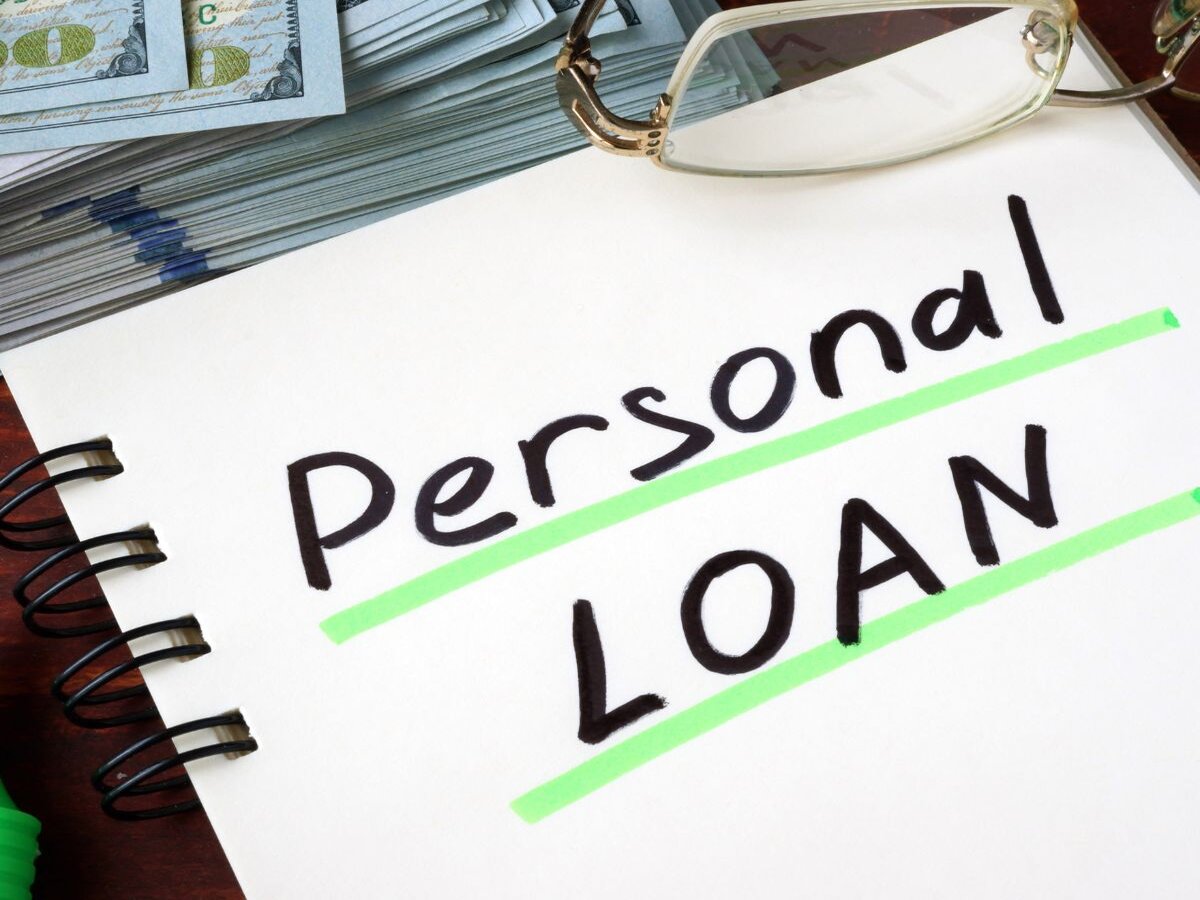If you refinance a personal loan, you may be able to save a lot of money, despite the purpose of the original loan. If the previous loan was for home improvements, paying off credit card debt, or any other use, refinancing may be able to save you a lot of money if utilized correctly.
So, you are interested in refinancing a personal loan, but what does that entitle?
What Does “Refinance A Personal Loan” Mean?
Basically, when you decide to refinance a loan, you will use a new loan or a line of credit to pay off your previous existing debt.
This means that you will take out a new debt in order to pay off your old debt with the hopes that the newer debt has fewer fees and/or more manageable repayment terms in order to make the refinancing worthwhile.
You should consider refinancing a loan if you need to decrease your monthly payment or if your personal loan interest rate is too high. You can refinance the loan with a new one that has a longer repayment period which reduces the monthly payment.
However, this would increase the interest payment since the debt would last longer. You could pay less interest with a balance transfer credit card with a low introductory rate when the balance is paid off within the introductory period.
How To Refinance A Loan
Once you have confirmed that you want to refinance a loan, you need to choose how you would like to refinance your loan.
There are two options on how to do this, refinance through another personal loan or through balance transfer cards, and each one has its perks and downfalls.
Refinancing Through Loans
With this option, you will take out a new loan to pay off the old debt. The largest bonus of refinancing through loans is that they will have a larger borrowing limit than a credit card.
This makes it easier to combine multiple debts into one. They also have a structured payment plan which allows predictable payment amounts each month.
The downfall of taking out a personal loan is that it can be difficult to qualify for if you have damaged credit. Additionally, the loan could have an origination fee of 1% to 8% of the existing debt.
If you have good credit and will need a longer, structured repayment plan, this is likely the best option for you.
Refinancing Through Balance Transfer Cards
This option allows you to transfer old debt onto a new or existing line of credit for a fee.
Though transfer cards have smaller limits on the amount, they tend to come with special offers on balance transfers, like a zero-interest introductory period for 18 months or more. This can allow you to pay off debt quickly without accruing high-interest costs in the process.
Transfer cards may have a balance transfer fee of 3% to 5% of the existing debt. The varying annual percentage rate can make interest costs unpredictable after the introductory period is up.
So, if you are able to pay off your debt in a short amount of time, this is the best option for you in choosing how to refinance.
How Refinancing Your Loan Can Affect Your Credit
Once you have chosen a lender and are prequalified to receive the refinancing, you will be subject to a hard credit inquiry. This will temporarily put a slight dent in your credit score.
This lowered credit score may lower your chances of getting approved for a new line of credit right after refinancing your loan; however, as you continue to pay off your outstanding debt, your credit score can eventually be back to normal.
Overall, refinancing your loan can be a better option, financially speaking, than missing a payment, especially for multiple months.
Refinance A Personal Loan At Cash Link USA
Every day, our team of financial experts at Cash Link USA helps individuals understand which loans are best suited for their needs. Initially, finding a trustworthy lender can be tricky.
That said, do not hesitate to contact us a Cash Link USA to discover more about how to refinance a personal loan today!










